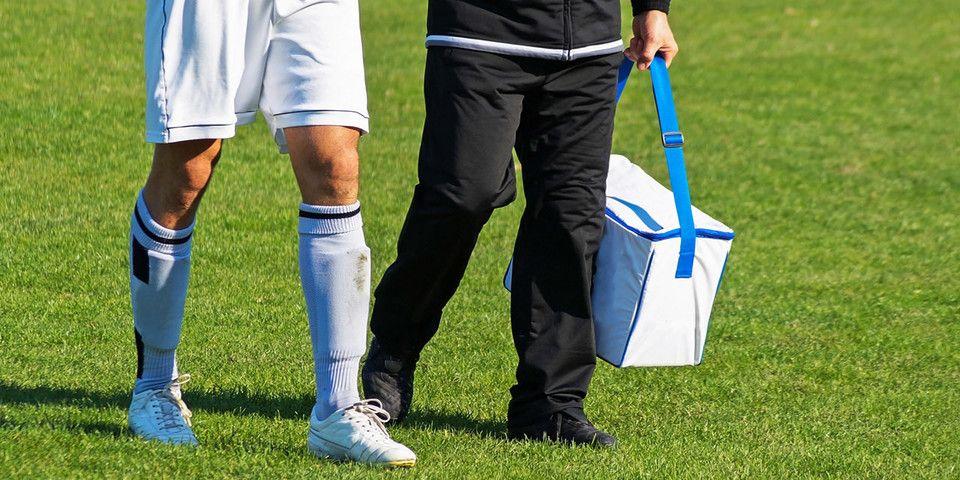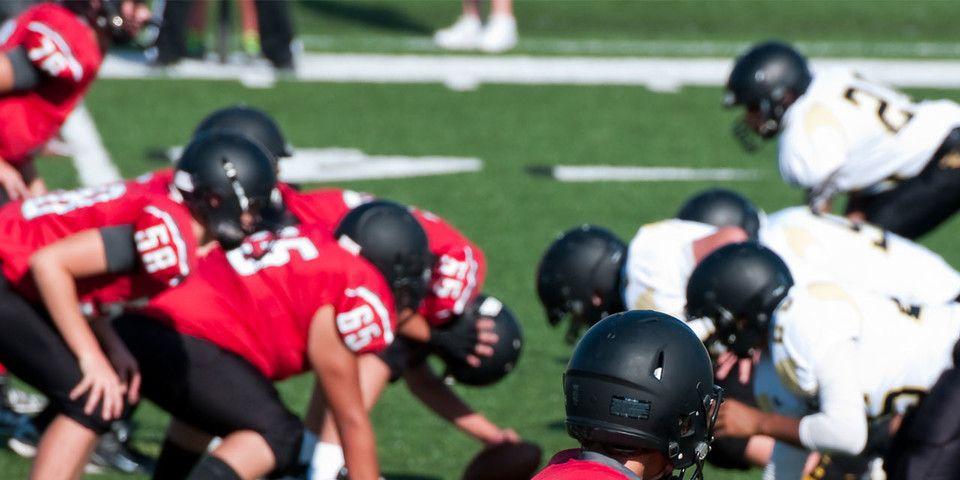6 Tips for Running Injury Prevention at the Shore
The beach offers an excellent opportunity for healthy athletic activity, but it also poses unique risks. Learn more about the risks associated with beach running and what can be done to effectively mitigate them.
Even during a vacation, most runners seek to maintain their running activity. For many, that means going for runs at the shore. And while a trip to the beach offers the opportunity for good, healthy exercise, there are numerous risks posed by running at the shore.
Fortunately, the majority of beach running injuries can be prevented. Practice precaution and read the following tips for running injury prevention at the shore. The experts at Rothman Orthopaedic Institute provide a helpful look at the types of injuries that beach runners are prone to as well as six key precautionary measures for running injury prevention at the shore.
Five Shore Running Injury Risks
Why is injury prevention for running so important at the beach?
Running at the beach presents numerous risk factors and opportunities for injuries that runners do not tend to experience (or experience to the same degree elsewhere). Before discussing beach running injury prevention tips, let’s look at seven of the specific injury risks faced when running at the beach.
-
Tendon strain: Supporting and propelling yourself through the sand requires extra stabilizing effort and strain from the tendons and ligaments of your feet, which can lead to overexertion and injury.
-
Ankle sprains & twists: Because sand is an unstable running surface, it can give out beneath your feet. This makes shore runners prone to sprains and twists of the ankles.
-
Muscle overuse and exhaustion: On a loose surface, every step requires more energy to create forward momentum. This means that runners will face muscular exhaustion and overuse more quickly when running at the beach.
-
Knee injuries: In addition to increased strain on your feet and leg muscles, your knees also are an active part of the intense propelling and stabilization that is necessary to run through sand—and can experience stress and injury to the knee joint and associated tissues and ligaments.
-
Lacerations: Many runners choose to run barefoot on the beach, which leads to a high risk of lacerations on litter, shells, and rocks.
Six Precautionary Measures for Beach Runners
Now that you have a basic familiarity with the risks associated with beach running, what steps can you take for effective running injury prevention at the shore? While the most important method for preventing injury is to simply pay attention to your body, surroundings, and conditions, remember these six key tips for running injury prevention at the shore.
-
Wear (light) shoes: While many runners prefer barefoot running on the beach, wearing light shoes can prevent lacerations and eases the stress on your intrinsic foot muscles. New beach runners are recommended to wear shoes.
-
Run on wet sand: Wet sand is more densely packed and stable than loose, dry sand, making it less fatiguing and accident-prone.
-
Stretch: Beach running involves exaggerated stress on your muscles and ligaments, so be sure to stretch (especially quads and calves) before and after running.
-
Keep it moderate: Those who are new to beach running should gradually ease into activity to allow muscles and ligaments to adapt. And, remember, each step requires significantly greater muscle usage, so even experienced runners should be moderate.
-
Stop if fatigued: If your muscles or body begins to feel exhausted or fatigued, don’t push yourself further; halt activity, rest, and recover.
-
Stay hydrated and sun-protected: To prevent heat exhaustion from running activity, drink plenty of fluids, avoid the heat of the day, and use sunscreen.
Following these tips for running injury prevention at the shore can help to ensure that your beach running experience is healthy and safe. If you have any questions about treatments for running injuries, contact the orthopaedic experts at Rothman Orthopaedic Institute. For more information, visit us here or contact us at 1-800-321-9999.
Related Physicians
Related Specialties
Related Programs
-

Athletic Training- Sport Medicine Outreach
Our Field Athletic Trainers provide direct sports medicine care to youth, high school, college and professional athletes. Rothman AT’s provide athletic training services throughout Southeastern PA to interscholastic high schools, colleges, as well as tournaments and special events.Read More -

Injury Prevention Program
The Injury Prevention Program at the Rothman Orthopaedic Institute is dedicated to the prevention of injuries from athletic participation, particularly youth sports.Read More




